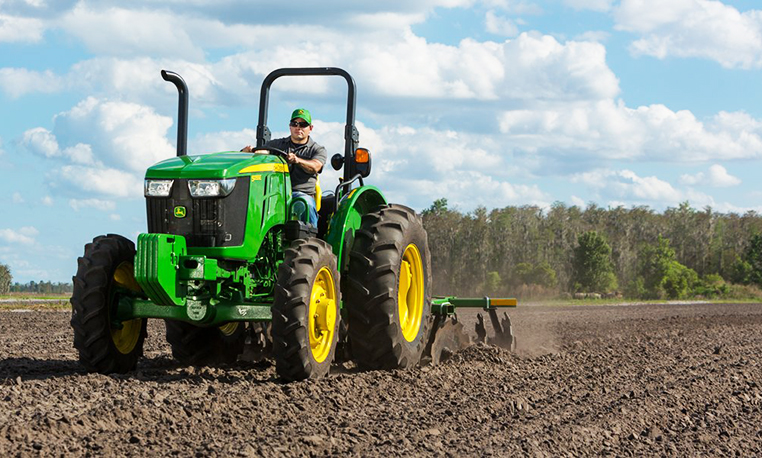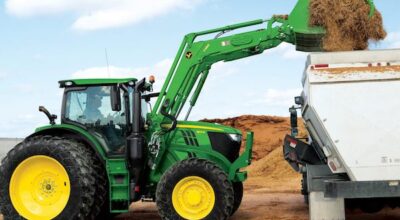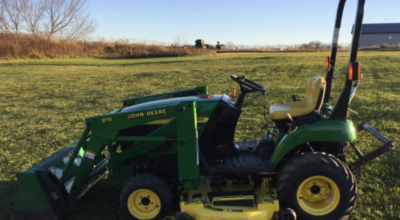Properly ballasting a tractor is certainly not an easy task; however, there are several steps that can be taken to ensure you are doing it correctly. By achieving the desired amount of ballast, you’ll know that you are getting the most out of your tractor and avoiding any performance hindering issues.

For this reason, we’ve put together a step-by-step guide to ballast your John Deere tractor (with videos) to walk you through each essential task. Enjoy!
Step 1: Determine Weight Split and Total Tractor Weight
https://www.youtube.com/watch?v=mrud7sqIJKI
Did you know that the weight of your tractor and the air pressure in the tires can have a major impact on performance efficiency? It may take some time and effort, but a properly ballasted tractor will save you money through maximum productivity while using the least amount of fuel possible.
In this video, you’ll learn how to choose the appropriate weight split, determine the desired total tractor weight and identify the amount of weight to be carried by each axle.
Step 2: Add Ballast to the Tractor
https://www.youtube.com/watch?v=_oPus7MIulQ
This video takes things a step further by explaining how to determine the amount of ballast that needs to be added to each axle. You’ll also learn how to identify the required combination of weight to achieve the desired amount of ballast on each axle.
Step 3: Adjust Tire Inflation Pressures
https://www.youtube.com/watch?v=DeF4ebaTiGU
It’s no secret that incorrect tire inflation pressures can cause costly performance issues. Before going to the field, it’s important to adjust the tire pressures. After watching this video, you will be able to determine the correct inflation pressure for the axle load.
Step 4: Adjust Ballast and Tire Pressure for Field Conditions
https://www.youtube.com/watch?v=Whv1_2xbKi8
Now it’s time to go to the field to see if any other adjustments need to be made. This video will walk you through how to evaluate tractor performance in the field to determine if ballast or tire adjustments are needed.
Step 5: Resolve Power Hop Complaints
https://www.youtube.com/watch?v=XBM1piVr9oI
Have you ever experienced power hop? This is the condition where the tractor exhibits a severe bounce or jump when pulling high draft loads in the field. After watching this video, you’ll be able to identify causes of power hop and adjust ballast and tire pressure to resolve power hop complaints.
Step 6: Resolve Excessive Fuel Consumption Complaints
https://www.youtube.com/watch?v=8GptEw8ilt4
Fuel consumption can get pricey. So, how do you know if your tractor is using too much fuel? And, if it is consuming too much fuel, what do you do about it? This video explains how to use the CommandCenter to observe fuel consumption, identify common causes of excessive fuel consumption and identify any adjustments needed.
Step 7: Resolve Low Power Complaints
https://www.youtube.com/watch?v=4Rjaw0RRVdk
We all know that power is critical to the performance of any tractor in the field or on the road. So, what do you do if you know your tractor is low on power? In this video, you’ll learn how to identify common causes of low power and ways to resolve these issues.
We hope this guide helps you better understand the process involved in properly ballasting your John Deere tractor and tires. If you have additional questions, contact your local John Deere dealer.
If you enjoyed this post or want to read others, feel free to connect with us on Facebook, or Twitter!


